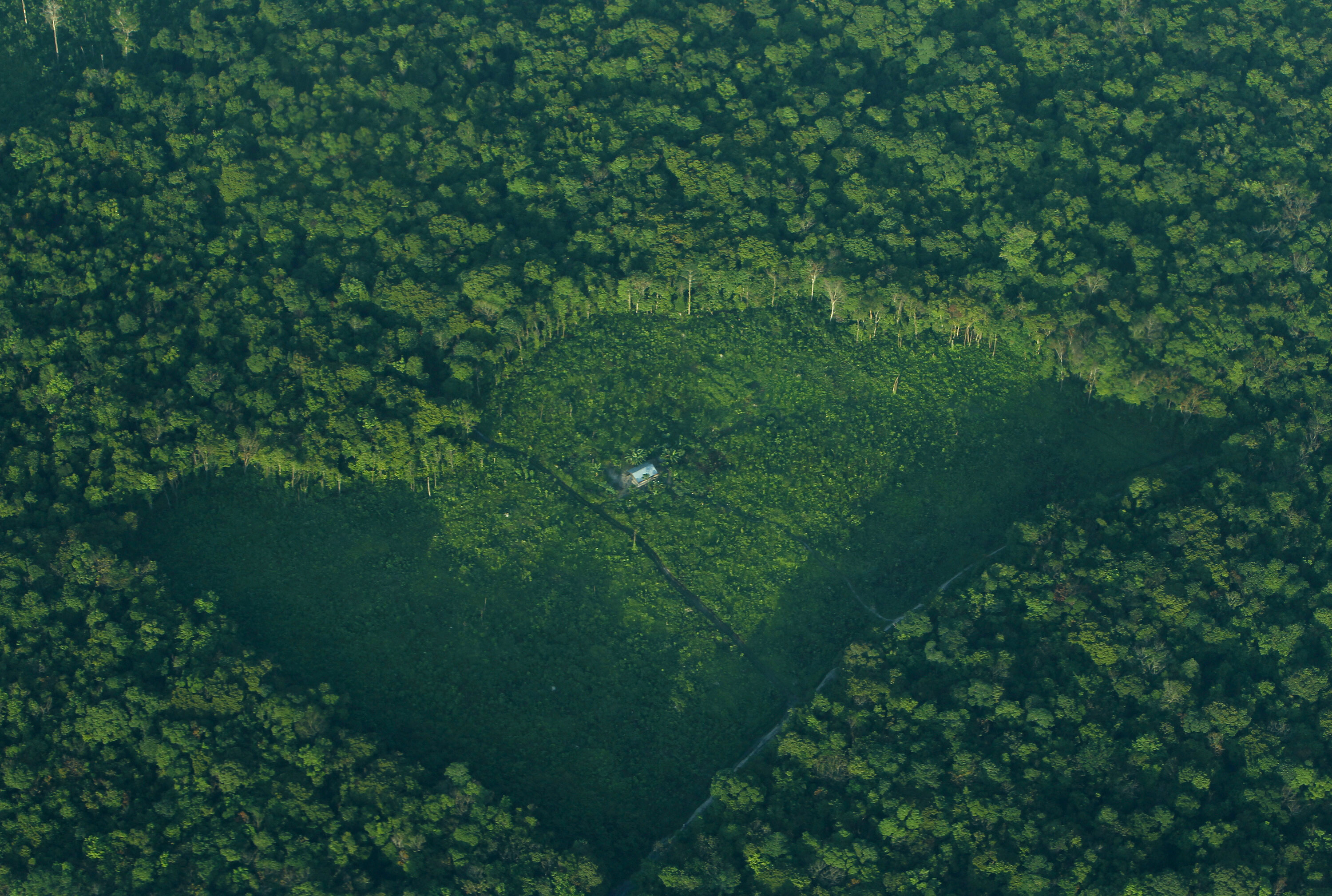UN: 5 ways we need to change how we address internal displacement

Young children are walking through a refugee camp together holding hands, not unlike the unity which the UN has shown to solve this issue. Image: Julie Ricard/UNSPLASH
- Globally, as many as 55 million people are internally displaced, more than twice the number of refugees or asylum seekers.
- Federica Mogherini and Donald Kaberuka are co-chairs of the UN Secretary-General’s High-Level Panel on Internal Displacement.
- Here they explain just five recommendations for how governments and the UN can change their approach to internal displacement.
Last month, the global media was filled with distressing images of people trying to flee Afghanistan. The sad reality is that far greater numbers of displaced, vulnerable people remain trapped within Afghanistan’s borders, and they have been for decades. Yet they rarely make the headlines.
Globally, as many as 55 million people are internally displaced, more than twice the number of refugees or asylum seekers. No region is unaffected by internal displacement, from protracted situations in Ethiopia, Myanmar and Ukraine to disaster-related displacements in Fiji and Haiti. Yet this issue rarely receives the necessary level of international attention and support. It is an invisible crisis.
In 2019, UN Secretary-General António Guterres established a High-Level Panel on Internal Displacement, following an appeal by 57 countries to examine ways to better address this invisible crisis. We submitted our final report to the UN Secretary-General this week, calling for a fundamental change in how governments, the UN and other entities approach internal displacement. Here are just five of our recommendations:
1. Encourage all governments to step up
Governments must take more responsibility for their displaced citizens and residents. Over 40 countries have set up laws and policies to address internal displacement, but implementation often comes with challenges. Unresolved displacement delays national progress towards development, peace and prosperity. And if entire communities remain uprooted and dependent on external support, the Sustainable Development Goals cannot be achieved.
2. Take a joined-up approach
Internal displacement must be treated as more than just a humanitarian crisis with short-term interventions. It is a development, political and peace crisis alike. Humanitarian aid is a life-saving function, but it alone cannot restore stability or provide the jobs and livelihood opportunities that are essential for self-sufficiency. All UN entities dealing with development, peace and political issues must step up and work together towards solutions for internally displaced people.
3. Involve the private sector
Through jobs and infrastructure support, the private sector can be invaluable in helping displaced people recover from a crisis. In 2018, the Philippine Disaster Resilience Foundation, a network of private-sector actors in that country, provided 3,000 employment offers to people affected by conflict in the Marawi region. Unfortunately, such an example is often the exception rather than the norm; private entities are rarely recognized as partners in addressing internal displacement. This is a significant missed opportunity.
What is a Global Shaper?
4. Prevent conflicts, disasters and unnecessary suffering
Stronger political leadership is needed to prevent the crises that displace people. More must be done to de-escalate conflict and violence, and continued action and leadership are essential to reduce the risks of disasters and reverse the trends of climate change. Two examples of this are Vanuatu’s National Policy on Climate Change and Disaster-Induced Displacement and Colombia’s Law 387 on conflict-induced internal displacement. Without strong prevention strategies, displacement and suffering will grow exponentially in the years to come.
5. Let displaced people chart their recovery
The capacity of displaced people to drive their own solutions must be put to good use, and their views and intentions must inform policies and programmes. Rather than applying a one-size-fits-all approach that is efficient but rarely effective, states and the UN must invest in listening to crisis-affected populations, ensuring their meaningful participation and supporting locally led efforts.
Internal displacement is a highly complex and multifaceted issue. These five actions are only part of a much larger blueprint, enabled by predictable financing and strong data and evidence. If the COVID-19 pandemic has taught the world anything, it is that we live in a truly interconnected global community - risks and suffering in one country cannot be treated in isolation. Internal displacement occurs within national borders, but it must be met with international solidarity and support. The lives of millions of people are hanging in the balance. It is a crisis too important to ignore.
The report of the UN Secretary-General’s High-Level Panel on Internal Displacement can be found here.
Donald Kaberuka is a Co-Chair of the UN Secretary-General’s High-Level Panel on Internal Displacement. He is currently the Chair of the Global Fund to Fight AIDS, Tuberculosis and Malaria. He was the 7th President of the African Development Bank and formerly served as Finance Minister of Rwanda.
Federica Mogherini is a Co-Chair of the UN Secretary-General’s High-Level Panel on Internal Displacement. She is currently the Rector of the College of Europe. She formerly served as High Representative of the European Union for Foreign Affairs and Security Policy, Vice President of the European Commission, and Italian Minister of Foreign Affairs and International Cooperation.
Don't miss any update on this topic
Create a free account and access your personalized content collection with our latest publications and analyses.
License and Republishing
World Economic Forum articles may be republished in accordance with the Creative Commons Attribution-NonCommercial-NoDerivatives 4.0 International Public License, and in accordance with our Terms of Use.
The views expressed in this article are those of the author alone and not the World Economic Forum.
Stay up to date:
Global Governance
Related topics:
Forum Stories newsletter
Bringing you weekly curated insights and analysis on the global issues that matter.
More on Global CooperationSee all
Sebastian Buckup and Maximilian Martin
November 13, 2025







